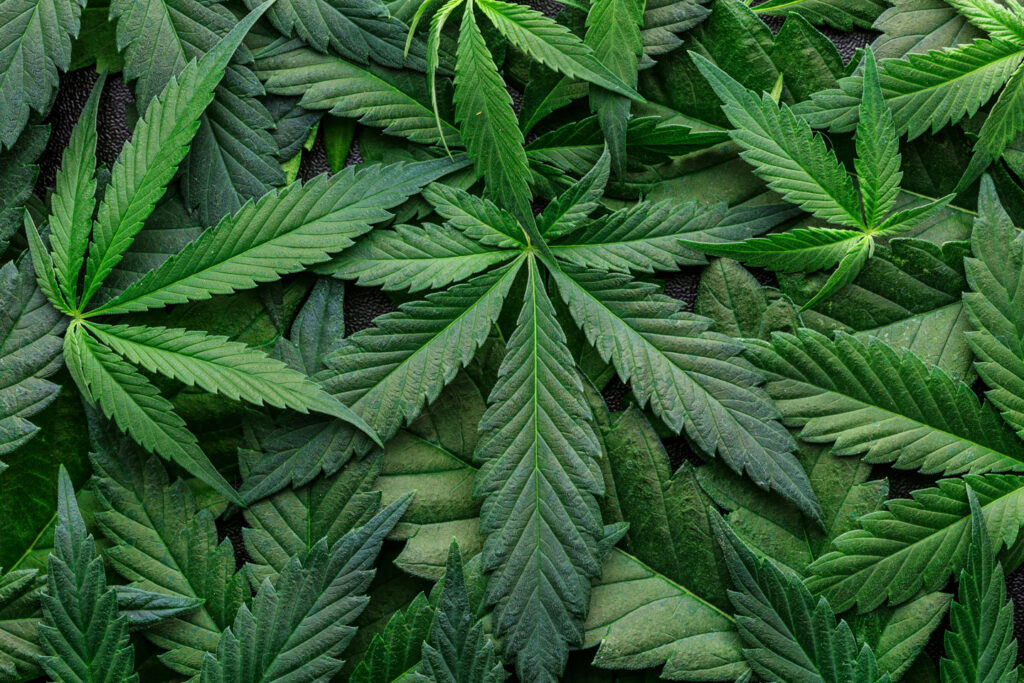Prohibition
In Wisconsin, cannabis is also illegal for recreational use, but there’s a strong push to legalize it. “Prohibition has not worked when it comes to alcohol, it did not work when it came to margarine, (in 1967, restaurants were forbidden from serving margarine, exemplifying a struggle between agriculture and industry) and it’s not working when it comes to cannabis,” said Wisconsin State Senator, Melissa Agard.
So what does all this mean for our youth?
The answer is troubling, and Agard appears to be right. Despite current cannabis laws, the drug is readily available. In Minnesota where cannabis was approved for medical use only in 2014, anyone, it seems, has access no matter their age.
Lori Kulas, Substance Use Educator at Amberwing – Center for Youth & Family Well-Being, says access to cannabis has become easier than ever. Making a drug connection often takes just seconds.
Snapchat: The New Drug Dealer
“Teens and middle school students are accessing cannabis from what I call the new drug dealer,” says Kulas. “It’s called Snapchat. People in the business of selling cannabis are making trips to states where it is legal. They’re bringing it to non-legal states, and kids are finding them through social media.” And like most things, the pandemic has played a role. “There’s been a lot of down time for teens. They’ve had the time to get lost in scarier forms of the internet, and they’re very savvy when it comes to navigating it,” says Kulas. “But like most things, they’re not particularly clear about the facts.”
The Wild West
Teens often think the cannabis they’re buying is coming from a dispensary. They believe it’s safer than what might be purchased on the street, but the truth is, we can’t be sure where it came from and we can’t be sure what’s in it. “Unfortunately, it is like the Wild West right now,” says Kulas. “The laws haven’t caught up.” Some products are synthetic, some are mislabeled, and few are regulated. Cannabis has been found to be contaminated with bacteria, viruses, and metals that can negatively impact health, particularly among those who are immunocompromised. But that’s not the only concern.
Brain-Altering Effects
Youth are particularly susceptible to the brain-altering effects of, and addiction to, cannabis. The National Institutes of Health speculates that as a teen’s brain develops, receptors become widespread, modulating a whole host of functions. If these receptors are interrupted or somehow changed or if they interact with THC, the brain may not develop as originally planned. Flooding the brain with large amounts of THC, the psychoactive and mind-altering component in cannabis, may affect learning, memory, and academic performance. It can affect motor control making it difficult to drive or participate in sports. Sleep can become problematic. It can change your mood and sometimes lead to hallucinations. In some studies, chronic, long-term marijuana use has been associated with altered brain structure and impaired cognitive functioning. The likelihood of adverse effects increases with increasing use of the drug and science isn’t altogether sure that abstinence returns you to baseline.
Back in the day, cannabis was 2-5%THC. The THC in today’s cannabis, when vaped or used as an extract, is concentrated, sometimes up to 90%. “Many teens are using due to the incredible high you get from a small amount.” say Kulas. It’s portable. It can be used anywhere and everywhere with just one puff. And it’s easy to hide. That old telltale sign—the skunky, musty-sweet odor—may be completely undetectable. “It’s not the weed it used to be,” says Kulas.
Amberwing – Center for Youth & Family Well-Being
Amberwing staff have flexed and morphed to address the growing cannabis problem. They recently implemented a screening tool called CRAFFT which can help support a teen in evaluating their use. Using this tool, Amberwing staff can gather enough information to warrant a brief intervention if a teen is just beginning to use cannabis. If they have more significant use, the assessment can help guide the team in making effective interventions.
“I would say and do say to kids, I have been working in the field for 25 years and I am genuinely concerned about cannabis use because it has evolved in ways the teen brain is in no way ready to handle,” says Kulas. “Thank goodness we have more information now than ever before, too. And new ways to address substance use disorder. With all we know, it’s scary, but we can get out ahead of this problem.”

